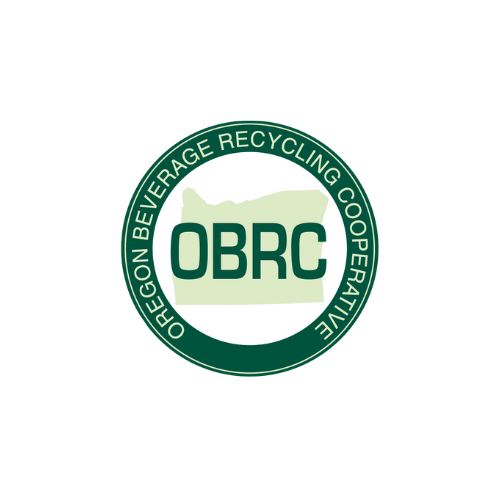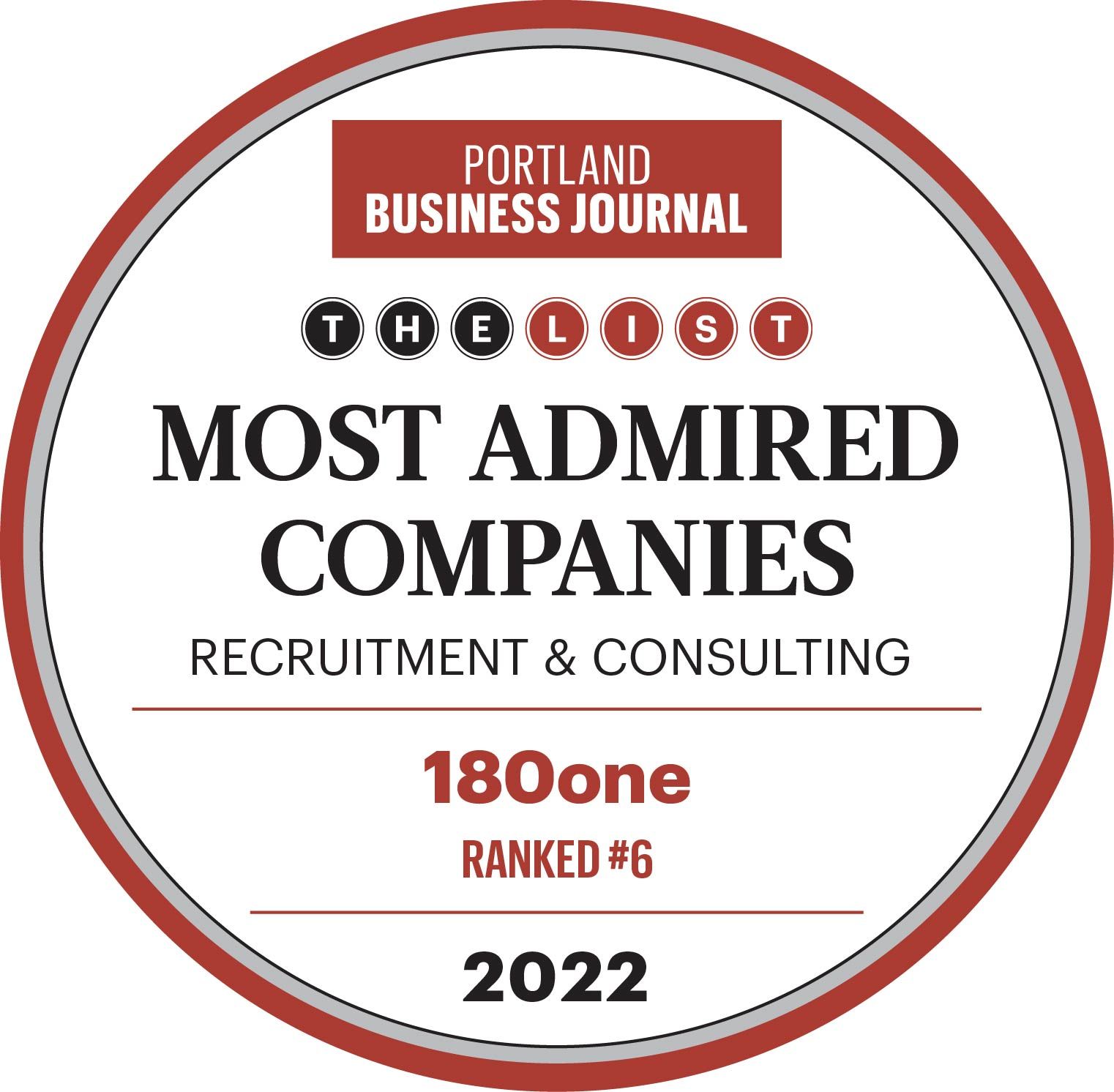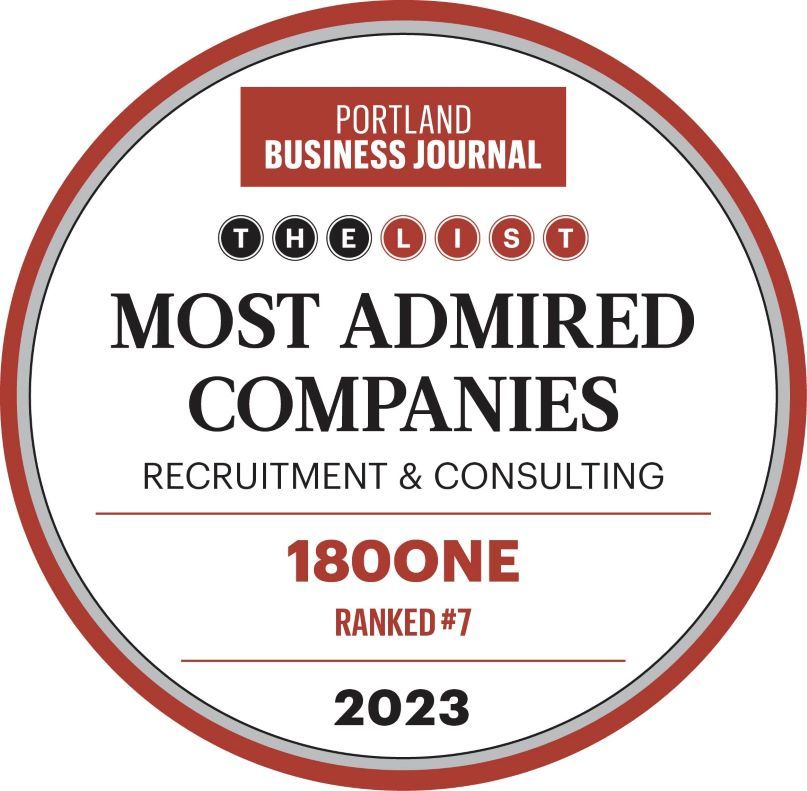How to Conduct a Job Search Using a Sales Approach
70% of active job seekers find their next position through connections in their professional network. However, most people actively searching for new opportunities spend 70% of their time talking to recruiters and combing job posts instead of networking.
When actively searching for a job, the best way to approach networking is to think like you’re in sales: The product you’re selling is yourself; your target customer is your next employer.
Keep reading for the “sales” strategy we share with active job seekers to help them execute a more effective job search.

The best job searches we’ve seen always start with a clear plan. If you’re currently looking for a job, answer these questions:
What am I selling?
Like any successful company, when you search for a job, you need a product or service customers will pay money for. These services are the skills you can offer to your potential new employer.
What value can you provide, and what problem will you solve for your new employer? Build your sales pitch around those skills.
Who am I selling to?
Once you identify the value that you can provide or problems you can solve, determine who faces these problems or needs your skills. Not every company will be a potential buyer of your services, so be specific about what industries fit your profile and the companies within those industries. Then build a targeted list based on those organizations.

With your sales plan in place, you can hone your sales pitch to potential targets. Make sure to be specific. You won’t receive referrals from your network if your network doesn’t understand what you do.
When we ask candidates where they can add value, many respond that their understanding of business and their leadership and communication skills enable them to solve business problems. While this may be true, this pitch isn’t informative or unique.
When you search for a job, opt for a more detailed pitch like, “I help companies looking to expand internationally and set up new distribution channels in the hard goods space through my 20 years of experience working with global companies.” This pitch is specific and easy to understand. With the right target, it’s more likely to resonate.

Now it’s time to get out there and start selling yourself. Here’s what you should keep in mind.
Stay focused.
The company list you came up with while building your sales plan will be the driving force behind your sales efforts. Make sure to stick to your list, and add to it as you continue to build your network during your job search.
Target buyers.
Target the people who will “buy your services” (i.e. hire you) or the influencers who will connect you with the buyers.
Success starts by networking with the right person in the companies you target. For example, a candidate for a CFO position shouldn’t turn to the Controller in a target company. He or she should network with the CEO/President (buyer of services) or the VP of HR (influencer) for a better chance of turning the conversation into a worthwhile referral or opportunity.
Leverage your existing network.
During a job search, don’t forget about your existing network when you’re out there selling!
Think about the professionals you work with who can connect you to the buyers and influencers at your target companies. They likely have ideas for similar organizations you should consider as well.
Your existing network is made up of former colleagues, people you went to school with, and even professional service providers. A CFO, for instance, should talk to his or her accountants, lawyers and bankers to find out who else to reach out to.
The people you already do business with will be more than happy to help you out. All you have to do is ask.

The primary goal of your search for a job is to land a great position with an organization you’re excited to join. However, incremental goals can help you build momentum and keep your job search moving forward.
Successful salespeople constantly log activity to track the progress they make between closing deals. Setting an incremental goal of at least 5 meetings/conversations per week, for example, is an achievable and manageable goal that will keep you motivated and help you avoid frustration during your job search.
Many professionals entering the market are often frustrated by the response rate to their requests to network, but don’t get discouraged. Batting .300 in Major
League Baseball will get you into the Hall of Fame, so if you’re receiving a 30% response rate or higher, you’re doing great!

Remember to be realistic about your job search. Would you hire someone without the right skills and required experience? Probably not, and most hiring managers aren’t any different.
Organizations are sometimes willing to hire outside of the scope of a role if they’re familiar with and impressed by the candidate. However, they usually won’t hire an unproven candidate who doesn’t meet their ideal candidate profile.
But don’t let that stop you from working towards the role, company or industry you are most interested in. As an outsider, you may need to start somewhere else in the new organization first. Leverage your past experience to get your foot in the door before making a move once you’ve proven yourself.
For example, imagine you’re a CFO who just got passed up for the CEO role at your company. You might decide to explore new opportunities outside of your current organization. Making the leap from CFO to CEO at a new company may be difficult, but if you target CFO roles at companies whose CEOs are nearing retirement, your path to CEO may be easier.
Always bet on yourself to succeed, and put yourself in the best possible situation to win that bet.
Ultimately, all you need is one great job. Make sure to focus on what you’re really capable of and what you really want from your next position, and have fun with your job search!
Bonus: What You Shouldn’t Worry About When Job Searching
Your resume doesn’t get you a job, it gets you an interview. Don’t spend too much time reworking your resume during your job search; instead, invest your time in networking using the strategies we outlined above.
But here’s what you SHOULD pay attention to when it comes to your resume:
Concise but impactful content: Highlight your accomplishments rather than your responsibilities.
Clear and coherent formatting: Clearly state the companies you worked for and what they do, as some reviewers may not be familiar with them and the roles you held.
Proofread proofread proofread!: Don’t have an eye for detail? Find someone who does so any grammar errors, spelling mistakes or other typos won’t go unchecked.






